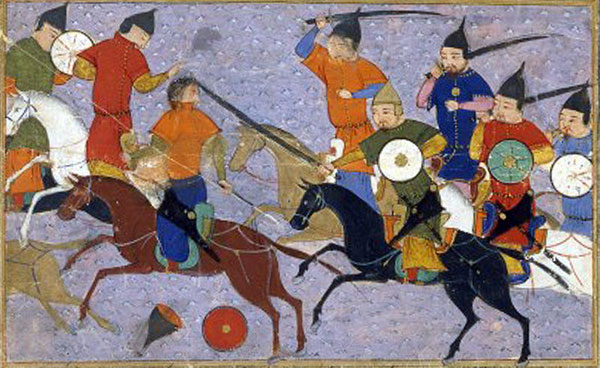
Source: Bataille entre mongols & chinois (1211), Sayf al-VâhidÎ. Hérât. Afghanistan, Wikimedia

Source: Bataille entre mongols & chinois (1211), Sayf al-VâhidÎ. Hérât. Afghanistan, Wikimedia
There's not a very clear answer to that question. More urban populations were spared than were massacred. Often spared were artisans, clerics of all religions, scribes, scholars, merchants, young women, and often officers, nobles, and administrators. Mass slaughter was not a Mongol monopoly either in their own time or later. In taking a little Song Chinese town in 1218, the Jin general had 15,000 of the inhabitants put to the sword. In 1291, King Edward of England slew nearly 10,000 people of Berwick. In 1303, 30,000 Hindus died in a battle at Chitor. By the time of Mongke's rule, the Great Khan insisted that destruction be limited to a minimum and civilians be left alone. To show he was serious, he had a senior Mongol commander of 10,000 publicly executed for killing a Persian civilian. Kublai's revision of the Chinese law code reduced the number of offenses that carried the death penalty to half what it had been under the previous dynasties.